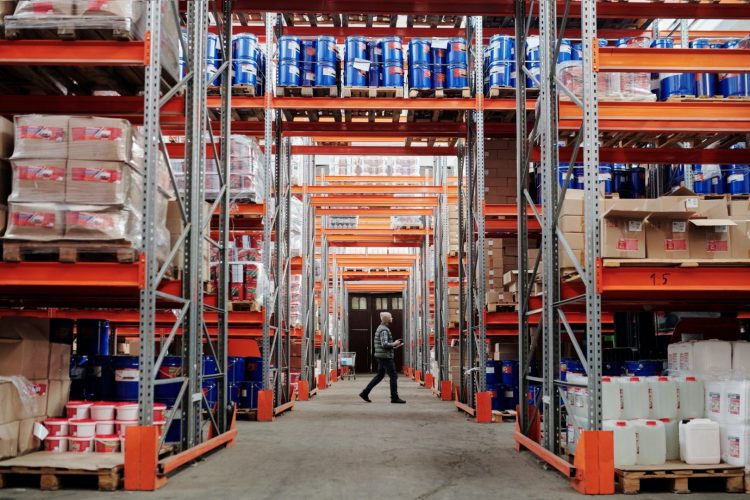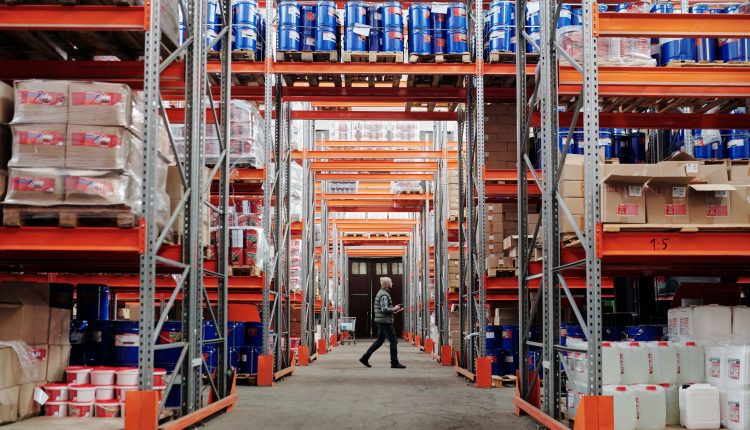Firms across the North West are continuing to see rises in activity and recruitment despite cost pressures pushing up prices. Tony McDonough reports

North West firms are finishing the year strongly despite ongoing certainty over COVID, supply chain pressures and rising costs.
Two new surveys, one from Make UK and BDO covering the manufacturing sector, and the NatWest Business Activity Index, show businesses in the region are seeing rising levels of activity and recruitment.
According to the MakeUK/BDO data, total orders for manufacturers in the North West have reached a balance of +50% which was among the best performance of any UK region and a very strong figure by historical standards.
This figure was buoyed by strong domestic and overseas orders which were both above the national average and a reflection of world markets which have rebounded very strongly throughout the course of the year.
The North West also continues to benefit from significant investment in chemicals and pharmaceuticals where the region has a strong presence, together with a recovery in the aerospace sector albeit from a low base.
However, for the moment, while companies are hiring to meet demand this has slowed from the previous quarter and investment intentions remain flat. The big challenge for companies, in addition to attracting and retaining talent, remains escalating inflationary pressures which are forcing companies to raise prices.
Make UK has forecast growth for manufacturing in 2021 of +6.9%, down slightly from +7.1%, and growth in 2022 of +3.3%.
READ MORE: North West firms set to raise prices
Fhaheen Khan, senior economist at Make UK, said: “While manufacturers in the North West will be able to enjoy some festive cheer this year, their spirits will be tempered by the eye-watering impact of escalating cost pressures which are leading an increasing number to pass these on to the consumer.
“Given the global nature of some of these pressures there is little sign that they will abate anytime soon. However, they will hope as we enter a fresh year that these will gradually unwind, with the compensation being that demand prospects among their major markets continue to look strong.”
Natwest’s North West Business Activity Index – a seasonally adjusted index that measures the month-on-month change in the combined output of the region’s manufacturing and service sectors – climbed from October’s 55.3 to a four-month high of 57.6 in November.
This signalled a sharp and accelerated rate of growth, and one that was well above the historical series average. This expansion was driven by the service sector, with manufacturers struggling with supply chain issues.

Firms in the North West reported a further rise in new business in November, signalling a continued improvement in underlying demand conditions. The rate of growth eased slightly since October but was still solid by historical standards.
November saw another steep rise in private sector employment across the North West, following a record increase at the beginning of the fourth quarter. The pace of job creation remained among the quickest seen in the series history stretching back to 1997.
Average prices charged for goods and services by firms in the North West rose sharply again in November, with the rate of inflation remaining among the fastest in the series history (since 1999).
Heather Waters, north regional board at NatWest, added: “Latest PMI data showed economic growth in the North West regaining some momentum in November, with the survey’s Business Activity Index improving to a four-month high.
“The upturn coincided with another strong month of recruitment as firms looked to expand capacity in line with positive growth projections. The performance was even more impressive given the pressure being put on firms by rising costs, which posted another record increase and led to vast rises in prices for goods and services.
“However, most data were collected before news of the Omicron variant, which brings greater uncertainty to the outlook and poses fresh risks to activity and to already-stretched supply chains.”

